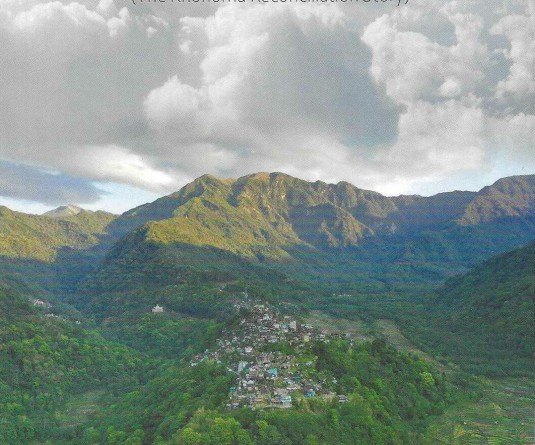
It is always surprising that many people outside the state continue to be confused about the term Nagamese. Instead of understanding that it is a language made up of pidgin Assamese, and used as a link language, there are people using it to refer to literature and labelling Naga Writing in English as Nagamese literature. Much as we dislike becoming very vociferous, in this matter it appears that we have to raise our volume and clarify that Naga literature and Nagamese literature are not one and the same thing. When we use the definition, Naga Writing in English we are referring to writings both of an academic nature and creative fiction, prose, poetry, coming from Naga writers. For the sake of definition, Naga literature could be applied to cover literary writings in the vernacular languages of the Naga tribes. That should be a big enough umbrella. But if we don’t correct the use of the term, Nagamese literature, it will become misleading, and not only that, it will become a term that we cannot get rid of easily in future. Because that is the nature of errors. They have a tendency to stick around and continue to be wrongly applied.
It’s a good thing to use the native terms of our languages so that non-Nagas get used to it and learn to use the right terms. That is the only way to correct and ensure right usage. An English-speaking journalist presumptuously thought that he could refer to my Naga language as Naganese. Occasions like that present the perfect opportunity to introduce terms like Tenyidie, Mongsen, Chungli, Sümi, Chokri-Khezha and so on. At a site for Naga languages, Wikipedia answers questions like, ‘What is Naga language called?’ with the answer: ‘Nagamese is the most popular among the spoken languages of Nagaland.’ No wonder people outside the state jump to the conclusion that the way to refer to our literature and language is to call it Nagamese literature and language. The same site also gives the 14 languages of Nagaland where Bengali and Nepali are also listed! Surely there are government bodies that can put up more reliable sites where people can get accurate information on us. If there are such bodies, they have work to do.
Rock and roll engineering
Pakala Pahar is such an exciting name for the famous range that can halt all traffic on the highway with a petulant landslide or a barrage of rocks that becomes a natural barrier on the tarmac. Isn’t it intriguing that we still haven’t found a way to take care of the unwelcome debris it throws randomly on the highway below? An observer offers that the mountainside could have been cut at a precise angle that would prevent the easy erosion of soil and rocks. Sadly, it is evident that the engineering skills that should have been applied to this unpredictable area has not been done. And year after year, Pakala Pahar teases hapless car owners who cannot avoid crossing it. One evening, a young driver was gradually driving past PP when the roof of his car was hit by a descending rock. Luckily, he had the presence of mind to accelerate and get out of the area as fast as he could. It was still not fast enough to avoid another rock hitting the side of his rear door and he reached home with two prominent dents in his vehicle. He narrated his escapade to all at home, and they breathed sighs of relief, and they gave thanks to God that he had not suffered any injury on his person.
‘How big were the rocks?’ his mother asked curiously.
‘Mum, you surely didn’t expect me to get out the car and measure how big they were, did you?’ was his exasperated reply.
Why the cicadas are singing longer
The cicadas in our neighbourhood sometimes carry on their singing well after sunset. It is not unusual that you can hear them as late as 6.30 pm. Apparently this anomalous behaviour is created by the presence of artificial light that deceives the cicada into thinking it is still daylight. So, it continues its singing. Thanks to the phosphorescent street lighting in the neighbourhood, the cicadas are slated to be working overtime big time.






